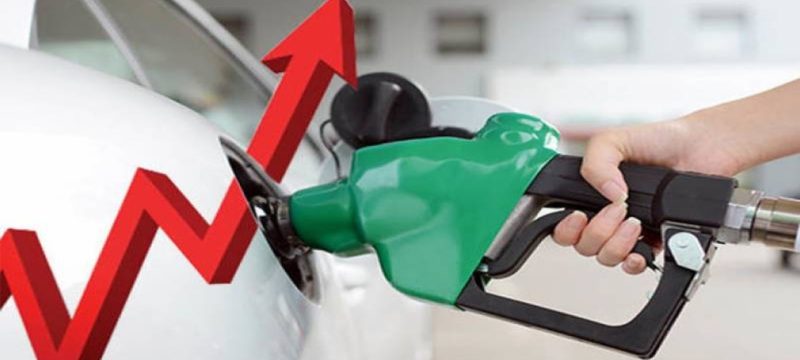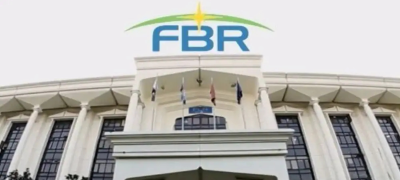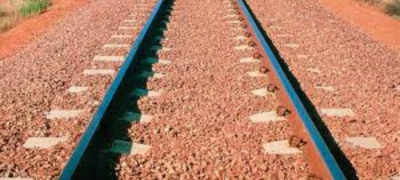The petrol price in Pakistan has always been a hot topic, not just inside the country but also for Pakistanis living abroad who keep an eye on how fuel costs affect families and businesses back home. With global oil markets shifting almost daily, changes in local fuel prices can create ripple effects across transportation, inflation, and even household expenses.
This article breaks down the current petrol rate, why prices change so often, and what these fluctuations mean for the everyday economy. It also includes fresh insights beyond the numbers to help readers understand the bigger picture.
What Is the Rate of 1 Litre of Petrol in Pakistan Today?
As of August 16, 2025, the price of petrol (motor spirit) in Pakistan is Rs 264.61 per litre. This rate will stay the same for the next 15 days.
Meanwhile, the government has reduced the cost of high-speed diesel by Rs 12.84, bringing it down to Rs 272.99 per litre. These adjustments were announced by the Ministry of Finance after recommendations from the Oil and Gas Regulatory Authority (OGRA), which revises prices every two weeks.
This decision shows a careful balancing act: keeping petrol prices stable while giving some relief through cheaper diesel, which is heavily used in freight and agriculture.
Why Are Petrol Prices in Pakistan Updated Every 15 Days?
International markets are the cause of Pakistan’s frequent fluctuations in fuel prices. Global oil prices rise and fall depending on demand, supply, geopolitical events, and production decisions by big producers like OPEC.
Pakistan, being an importer of petroleum, has no choice but to adjust its local prices based on these trends. Every fortnight, OGRA evaluates:
- International crude oil prices
- Exchange rate fluctuations (PKR vs USD)
- Taxes and levies imposed by the government
- Refinery and distribution costs
These factors combine to set the final price at the pump.
The Impact of Oil Prices in Pakistan on Everyday Life
Changes in the oil prices in Pakistan affect much more than just filling up a car tank. For example:
- Transportation Costs: When petrol goes up, public transport fares and ride-hailing charges also rise.
- Food Prices: Goods moved by trucks cost more when diesel is expensive, pushing up grocery bills.
- Inflation: Higher fuel costs often spark a chain reaction, raising prices in almost every sector.
- Industrial Costs: Industries that rely on fuel for operations see their expenses increase.
Keeping petrol stable while lowering diesel shows that the government is trying to cushion the blow for the transport and agriculture sectors, which directly affect inflation.
Historical Context: Petrol Price Trends in Pakistan
Over the last decade, fuel prices in Pakistan have seen dramatic ups and downs. Prices have sometimes surged above Rs 280 per litre during times of global oil shortages, while at other times they dipped below Rs 100 when international markets collapsed, like during the early pandemic years.
This history shows just how dependent Pakistan is on international energy markets. Unlike oil-rich countries, Pakistan cannot control its own supply and has to adjust frequently to protect its economy.
Current Situation: August 2025 Update
The August 2025 update is particularly important because it reflects a cautious approach by the government. By keeping petrol prices in Pakistan steady at Rs 264.61 per litre, the administration avoids a sudden shock to consumers.
At the same time, cutting diesel prices to Rs 272.99 per litre is seen as an attempt to reduce transport and food inflation. This move will likely help farmers, traders, and transporters, groups that play a central role in Pakistan’s economy.
How Do Petrol Prices in Pakistan Compare Globally?
While Pakistanis often feel the pinch of rising prices, it’s worth noting that petrol rates in the country are still lower than in many developed nations, where taxes push the cost far higher. However, compared to some neighboring countries with fuel subsidies, Pakistan’s rates appear steep.
This global comparison helps explain why fuel prices remain a sensitive political and economic issue in the country.
Looking Ahead: What Could Happen Next?
Predicting future oil prices in Pakistan is never easy. Several factors could drive the next round of changes:
- Global oil demand: If demand rises in winter, prices could increase.
- Geopolitical tensions: Any disruptions in the Middle East can quickly raise prices worldwide.
- Currency value: If the Pakistani rupee weakens against the U.S. dollar, import costs will rise.
Economists suggest that while stability is likely for the short term, volatility cannot be ruled out.
Key Takeaways
- The current petrol price in Pakistan (August 2025) is Rs 264.61 per litre, unchanged for the next two weeks.
- Diesel has been reduced to Rs 272.99 per litre, giving relief to transport and agriculture sectors.
- Prices are revised every 15 days by OGRA based on global oil markets, exchange rates, and local policies.
- Fluctuations in fuel price in Pakistan impact inflation, transportation, and household costs.
- Future trends will depend on global crude markets and Pakistan’s economic conditions.
Conclusion
Understanding the petrol price in Pakistan is about more than just knowing the number at the pump. It’s about recognizing how international oil markets, government policy, and economic conditions all interact to shape daily life. With the latest update keeping petrol steady and cutting diesel, the government is trying to strike a balance between stability and relief.
For those keeping an eye on Pakistan from abroad, tracking these fuel prices offers insight into the broader economic challenges and opportunities the country faces.
FAQs
Q1: What is the rate of 1 litre of petrol in Pakistan today?
As of August 16, 2025, the petrol price in Pakistan is Rs 264.61 per litre, effective for 15 days.
Q2: How much is the diesel price in Pakistan right now?
The current high-speed diesel price is Rs 272.99 per litre after a reduction of Rs 12.84 announced by the government.
Q3: Who decides petrol prices in Pakistan?
The Oil and Gas Regulatory Authority (OGRA) reviews international oil rates and exchange rates, then recommends prices to the Ministry of Finance every 15 days.
Q4: Why do petrol prices in Pakistan change so often?
Petrol prices are revised every two weeks due to fluctuations in global crude oil prices, currency exchange rates, and government taxes.
Read Also: 8171 Ehsaas Program – Registration & Payment Guide 2025







